I have never had a garden of any type and want one
christine
18 years ago
Related Stories
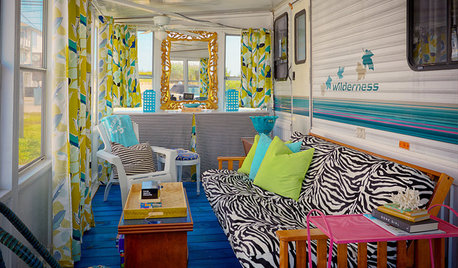
LIFEYou Said It: ‘They Looked at Me Like I Had 10 Heads’
Design advice, inspiration and observations that struck a chord
Full Story
CONTAINER GARDENSPatio-Perfect Berry Bushes Like You’ve Never Seen
Small enough for pots but offering abundant fruit, these remarkable bred berries are a boon for gardeners short on space
Full Story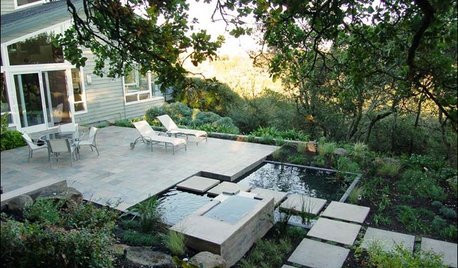
LANDSCAPE DESIGNHow to Look Good From Any Angle (the Garden Edition)
Does your garden pique interest from one vista but fall flat from another? These tips and case-study landscapes can help
Full Story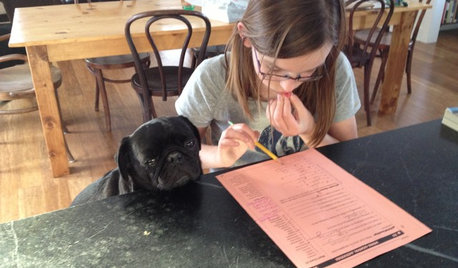
LIFEYou Said It: ‘I Knew This Home Had to Be Mine’ and More Quotables
Design advice, inspiration and observations that struck a chord this week
Full Story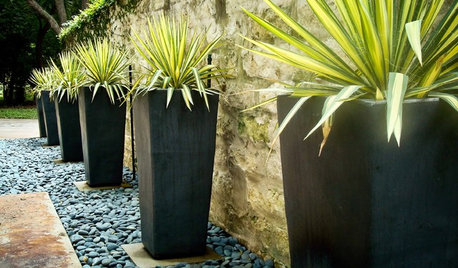
CONTAINER GARDENSWant Compelling Garden Minimalism? Think One Plant, One Pot
Highlight a show-worthy stunner or elevate a pedestrian plant by giving it a solo starring role in the garden
Full Story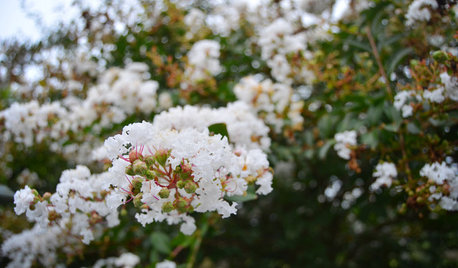
GARDENING GUIDESBrighten Any Garden With White Crape Myrtle
A terrific supporting player to other plants, white crape myrtle can help a walkway or other parts of a landscape gleam
Full Story
LANDSCAPE DESIGNKoi Find Friendly Shores in Any Garden Style
A pond full of colorful koi can be a delightful addition to just about any landscape or garden
Full Story
COFFEE WITH AN ARCHITECT8 Things an Architect Will Never Say
Architects are people too. But it doesn't mean they talk like everyone else
Full Story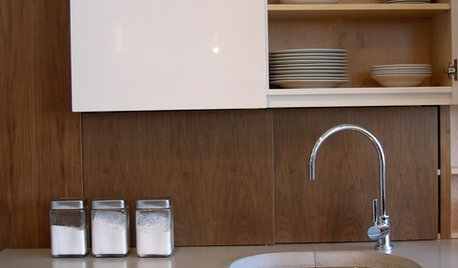
KITCHEN WORKBOOK8 Kitchen Amenities You'll Really Wish You Had
Keep kitchen mayhem and muck to a minimum with these terrific organizers and other time-saving, mess-preventing features
Full StoryMore Discussions







rhizo_1 (North AL) zone 7
momofjacole_sc_rr_com
Related Professionals
Clemson Landscape Architects & Landscape Designers · Erie Landscape Architects & Landscape Designers · Fort Lee Landscape Architects & Landscape Designers · Clermont Landscape Contractors · Goodyear Landscape Contractors · Brookside Landscape Contractors · Gurnee Landscape Contractors · La Vista Landscape Contractors · Panama City Beach Landscape Contractors · Quincy Landscape Contractors · Selden Landscape Contractors · Woodburn Landscape Contractors · Glen Burnie Window Contractors · Vero Beach Window Contractors · Elkridge Window Contractorsmeldy_nva
morz8 - Washington Coast
vetivert8